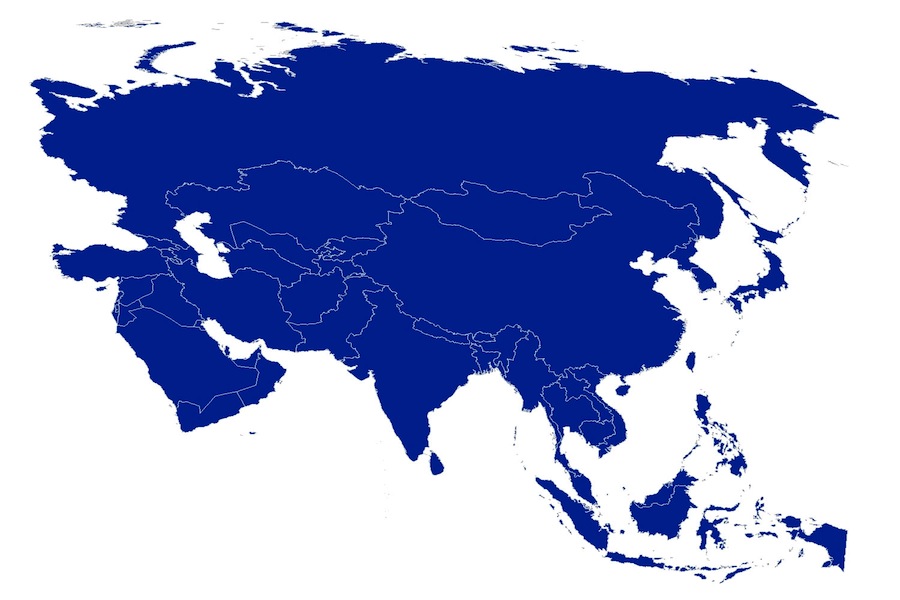
Middle. The term isn’t foreign, but how much emphasis do we place on the middle portion of the spectrum? In public discourse, attention seems to always focus on the extremes: with the rich on one end, and the impoverished on the other. I am a person of the middle, and therefore these endpoints are relevant, but extremely distant from me. From a racial point of view, Asians have become less of a minority in American culture. Rising social status and “yellow fever” no longer group Asians with other minorities. In a way, we become the “model minority,” which is both a blessing and a curse. In some ways, there are new divisions among people of color that perhaps did not previously exist because prior to acknowledging the middle, there was only the top and the bottom.
I experienced my first instance of ethnic marginalization as a second-year student in college. I moved in with six other girls, and they all identified as Southeast Asians, an identity I did not associate myself with. My ancestors came from a Han Asian lineage, but I never gave this difference much thought. I simply believed Asians were Asians. After learning about their family backgrounds, I realized that our commonalities ended at being first-generation children.
Initially, my housemates invited me to participate in their club’s outreach programs that aimed to promote higher education in impoverished neighborhoods. I personally came from a wealthy neighborhood, so I didn’t think I would be a good spokesperson for the club’s mission. Furthermore, the club stressed connecting its members with their Southeast Asian roots. Because I didn’t identify as a Southeast Asian, rejecting these invitations seemed natural. I did not want to half-ass my participation, so I pardoned myself out of politeness. It was the right thing to do.
However, as the year went on, I realized there was a gap between me and my housemates.
It surprised me that I did not really care if I was included in their circle. I completely respected their passion, but I didn’t feel left out. Was it exclusion? Not quite, because if I truly felt excluded, I’d yearn to be one of them. I did not. Was it a quiet acceptance that I indeed was the more privileged Asian because I came from a relatively wealthier family and historically, my ancestors did not face as severe racial discrimination? No, because I still faced prejudice that targeted my upper-middle class status and my yellow skin tone. These discriminations felt more prominent when I picked up my first university job within that same year, and realized people of a better social status, of Caucasian lineage, seemed to enjoy the halo of popularity and acceptance. I was not better off compared to my housemates. I was rather clumped into a large Asian middle that didn’t account for ethnic differences.
But why did my experience with my housemates strike me as the deepest and the hardest? Because the middle was once again splitting into smaller middles that are turning against themselves. I faced not only distance from whites and other people of color, but also distance from my own people. Part of me can’t help but feel scared to admit that this is a problem. After all, people around the world are facing far worse physical violence with regard to their racial and class standings. Should this even be considered a problem when the middle can still get by and dream the American Dream of rags to riches?
Yes, yes it is. It’s a problem because as an individual of the middle, I don’t even know where my own marginalization began. When will it ever end?
SANDY CHEN is a fourth-year international relations and English double major. She will be writing on topics related to the middle in society. You can reach her at sichen@ucdavis.edu.



